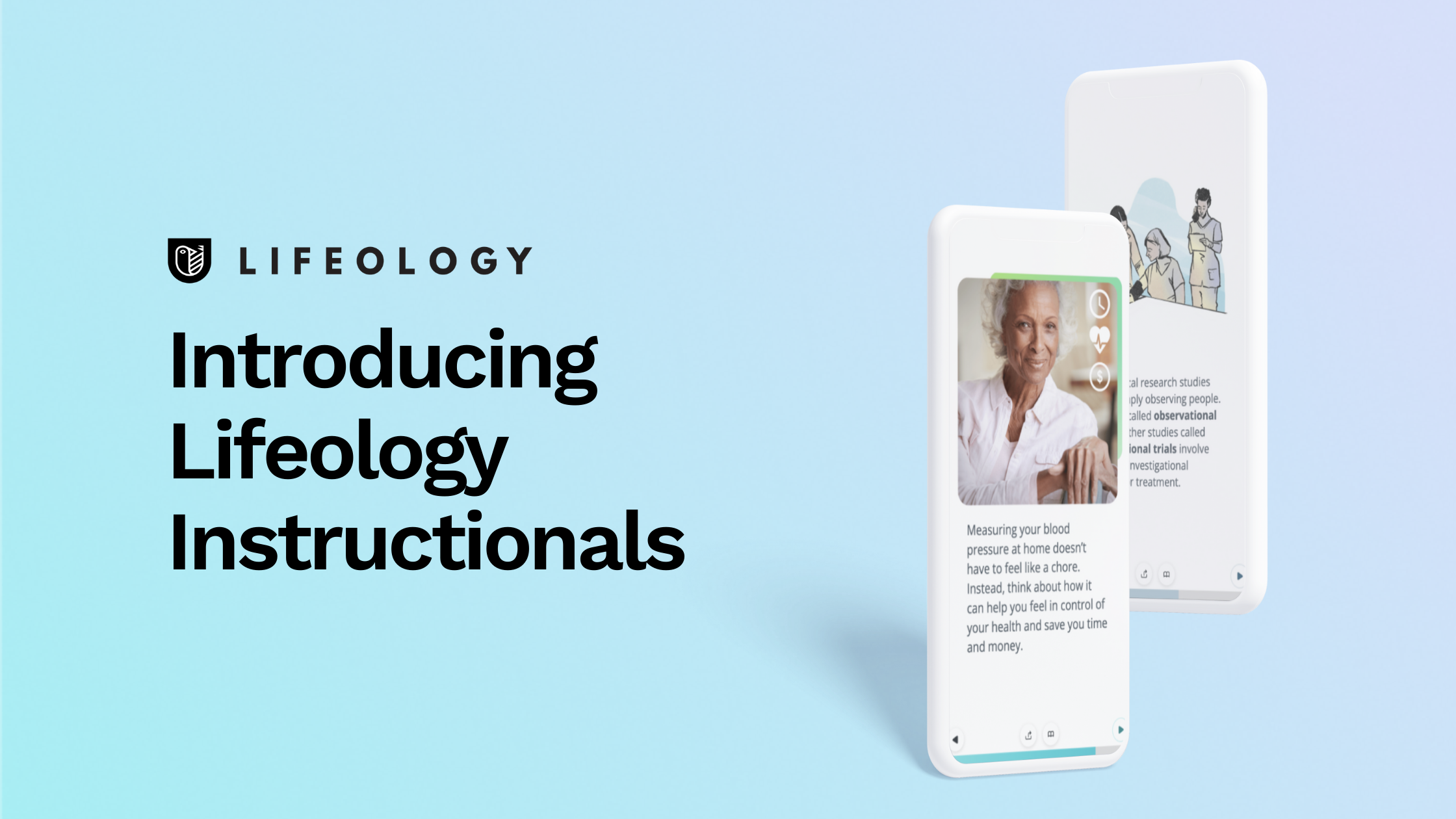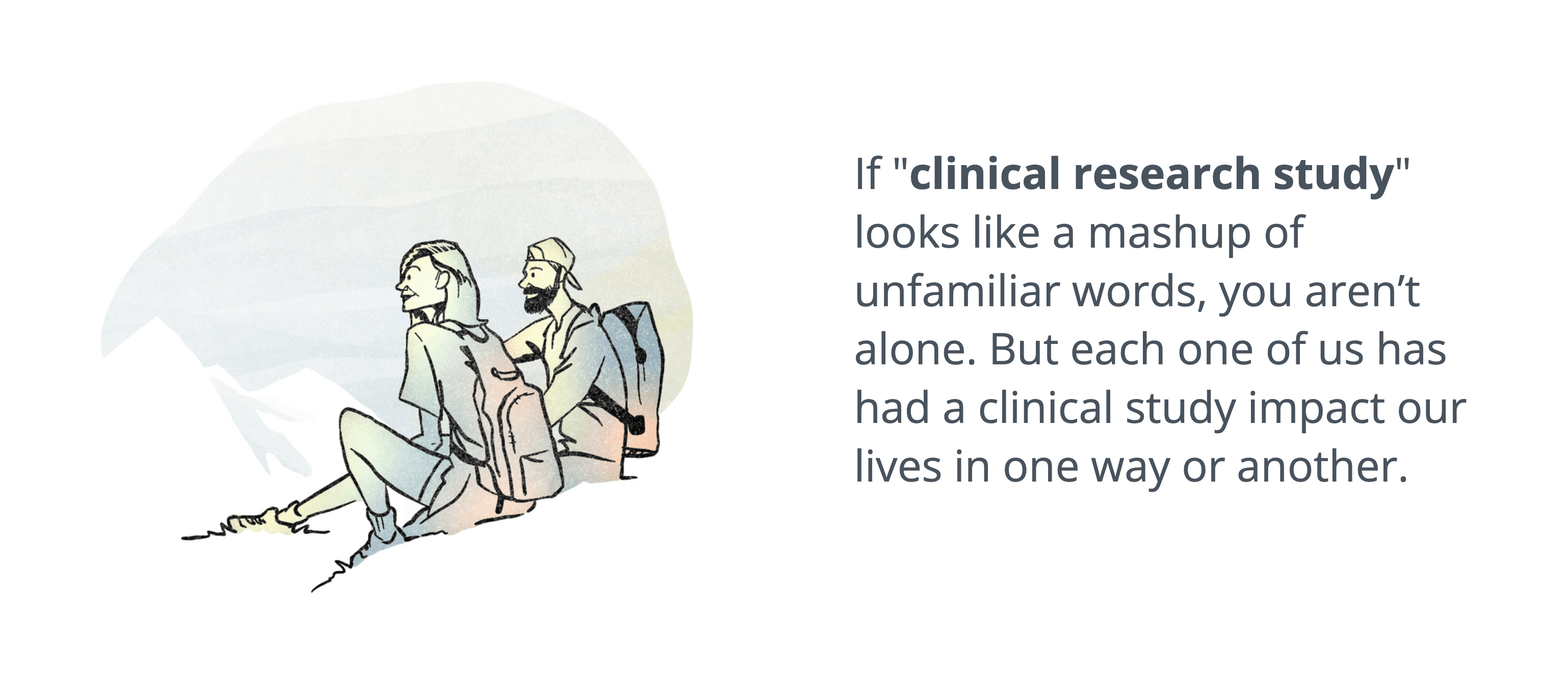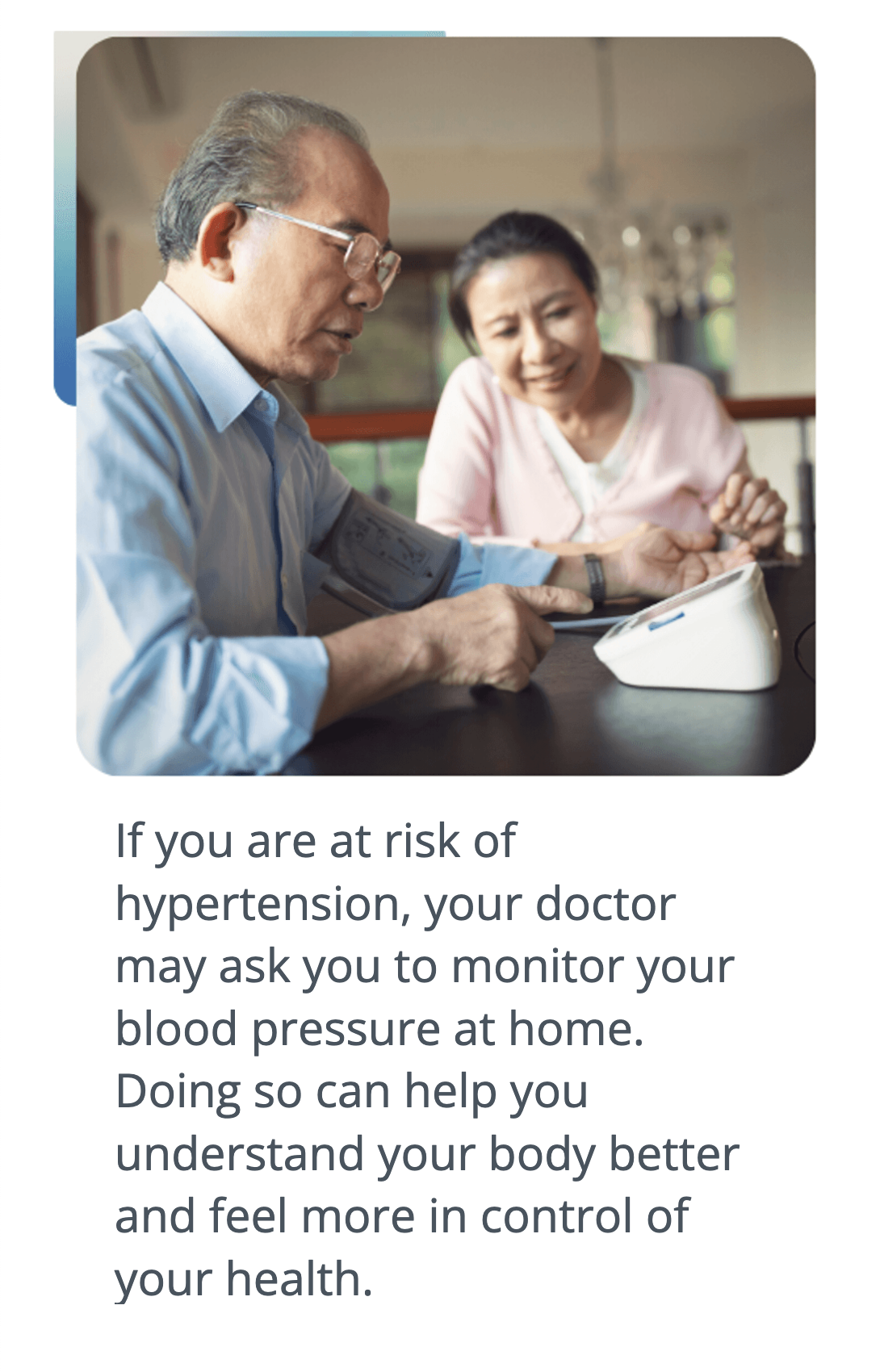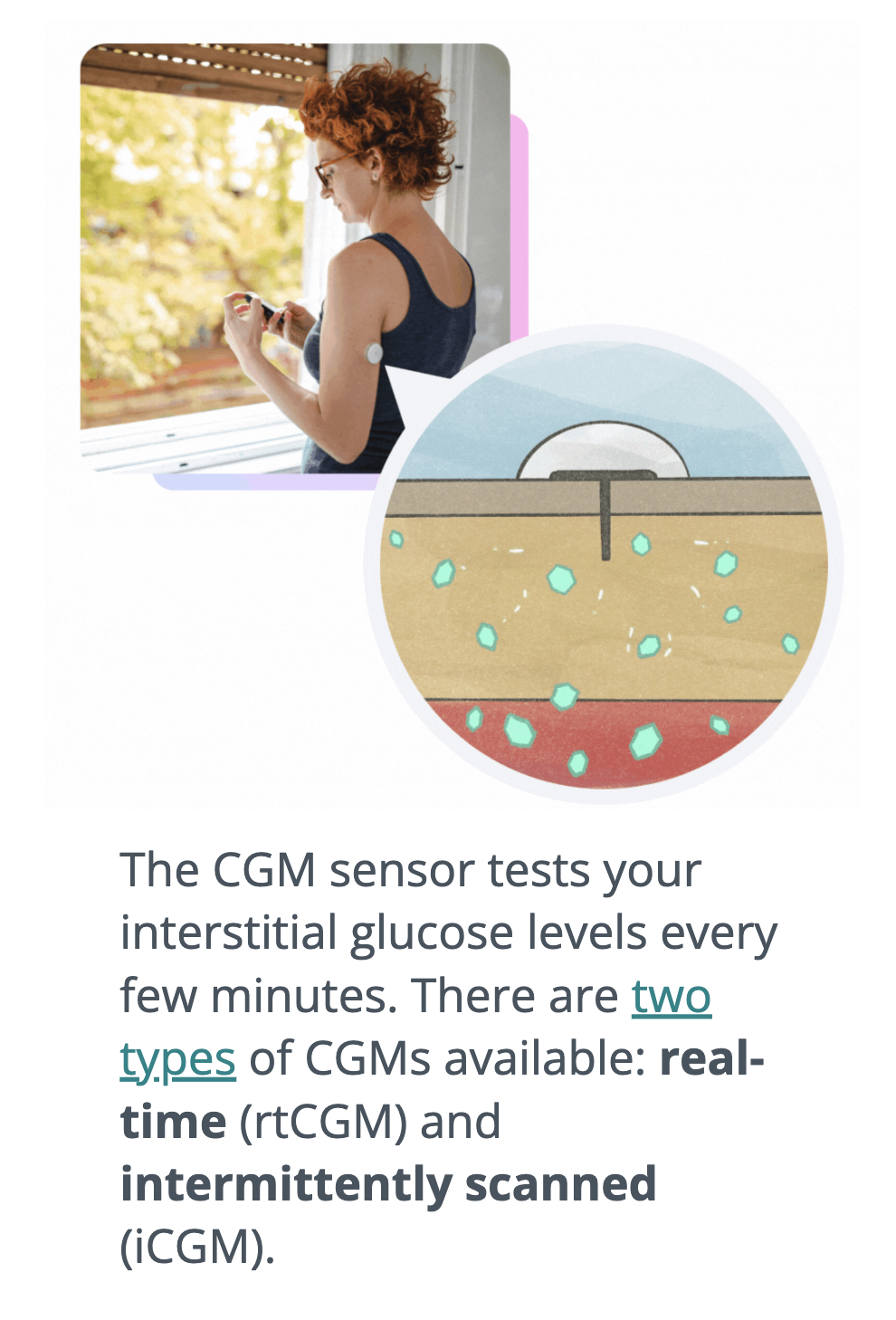We are excited to announce our Lifeology Instructional Method—a flexible, efficient Lifeology course creation process that doesn’t sacrifice content value. We bring you our first three courses created using this method: “What is a clinical research study?,” “How do I measure my blood pressure at home?,” and “How to use a CGM.” Continue reading to learn more.

Since the origin of Lifeology, we have strived to provide Lifeology Original courses that are visually appealing, bite-sized and emotionally engaging to help people learn about health and science and often inspire them to take action. Lifeology has not only come to life as a resource to leverage self-paced learning, art, storytelling and collaboration to build health and science literacy but has recently incorporated resources for improving science communication skills, too. We are always trying to improve Lifeology’s look, feel, and overall experience to most effectively provide accessible health and science information to broad audiences.
Most recently, we’ve taken a look at our course creation process. We pride ourselves in the way each Lifeology course has been uniquely tailored for the intended audience of the course and crafted with elaborate collaboration. The collaboration between writers, artists, content experts, expert reviewers and audience members ensures the presented information is empathetic, inclusive and relevant. The courses are also presented with rich narratives and custom stylistic artwork that help readers connect with the story. If we had to boil it down, the courses created using the Lifeology Story-Driven Method follow an empathetic, audience-first approach to content creation.
So what about basic science and health courses that could be relevant to a broad audience but that maybe don’t require the same time-consuming collaboration undertaking or intricate tailoring process? We found we wanted to create shorter and less-involved courses based on already existing official or credible sources of information, and the Story-Driven Method wasn’t quite suitable for the job. For example, a useful “how-to” explainer about a health behavior or self-test along with an explanation of why it is important may not require the length, depth and scope of the Lifeology courses we were creating in the past. Therefore, the Lifeology Instructional Method was born as an alternative to the “gold standard” Lifeology Story-Driven method.
The Instructional Method is a flexible creation process that can still incorporate collaboration when needed and features custom illustrations, stock photography or a mix. The courses created using this method also don’t involve the same research and attention to audience-specific questions, concerns, barriers and lived experiences that Lifeology Story-Driven courses do. But for certain topics, the Instructional Method is the more efficient method for Lifeology course creation that doesn’t sacrifice content value.
We are so excited to launch the Lifeology Instructional Method and begin bringing you these often short and sweet courses! With that, we bring you the first three Lifeology Instructionals!

First, we have “What is a clinical research study?” This course was written by Paige Brown Jarreau and is the first of a library of courses to help people understand more about clinical trials. This course is a great example of a course that was created using the Instructional Method but that still has custom artwork. Doryan Algarra illustrated the course.
Learn what a clinical research study is and how it is different from standard medical care with examples of types of clinical research–including clinical trials.

Next, we have “How do I measure my blood pressure at home?” Monitoring blood pressure at home is a common ask among doctors to their patients, and the long lists of do’s and don’t’s can be daunting at first. Courtney Adams wrote this course to familiarize people with the process and importance of monitoring their blood pressure at home and doing it correctly.

Finally, “How to use a CGM” was written by Elaine Algarra to inform people what a continuous glucose monitor is, who should use one, and how to do so correctly. The course explains how a CGM monitor differs from a finger prick test that measures blood glucose levels. It also explains how data from a CGM device can be useful to monitor your health.




